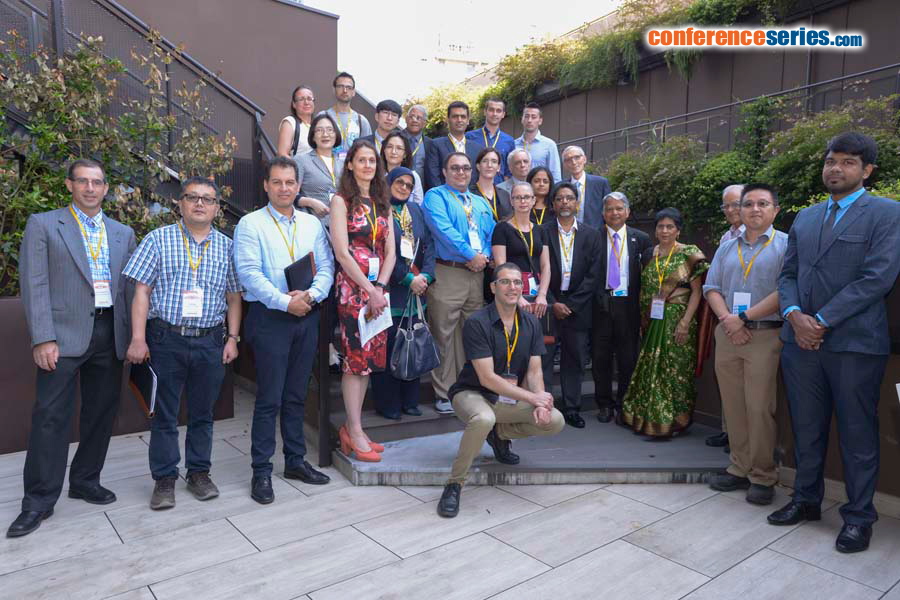
Jiangang Shen
The University of Hong Kong, China
Title: Peroxynitrite could be a critical therapeutic target for preventing hemorrhagic transformation and poor outcome in ischemia-reperfused rat brains with delayed thrombolysis
Biography
Biography: Jiangang Shen
Abstract
AIM: Tissue plasminogen activator (t-PA) is the only FDA approved drug for acute ischemic stroke, but its use is limited with the therapeutic time window within 4.5 hours and hemorrhagic transformation (HT). We aim to test the hypothesis that peroxynitrite (ONOO-), a representative of reactive nitrogen species, could be a critical therapeutic target for preventing delayed thrombolytic HT and improving outcome in ischemic stroke. We tested whether peroxynitrite decomposition catalyst (PDC) could prevent such complication. Furthermore, we investigated that baicalin, a natural antioxidant, could scavenge ONOO- and prevent HT in ischemic stroke animal model with delayed t-PA treatment.
METHODS: Male Sprague-Dawley (SD) rats were subjected to middle cerebral artery occlusion (MCAO) with t-PA (10 mg/kg) or t-PA plus FeTMPyP (3 mg/kg, a representative PDC) or baicalin (10, 25, 50 mg/kg) at MCAO for 2 or 5 h and reperfusion for 22 or 19 h, respectively. HT was assessed with hemoglobin assay. Neurological deficit was evaluated with Modified Neurological Severity Score (mNSS). Peroxynitrite was examined by detecting 3-nitrotyrosine (3-NT) and our newly developed high selective ONOO- fluorescent probe. The expression and activity of MMP-9/MMP-2 were assessed by western blotting and gelatin zymography.
RESULTS: T-PA infusion at 2 h after cerebral ischemia did not induce HT but attenuated neurological deficit, whereas at 5 h significantly induced HT and worsened neurological outcome. Co-treatment of FeTMPyP revealed to prevent HT and improve neurological functions. Early t-PA infusion at 2 h inhibited iNOS activity, ONOO-production, MMP-9/MMP-2 expression and activity, whereas delayed t-PA infusion at 5 h up-regulated iNOS activity, increased 3-NT formation, and down-regulated MMP-9/MMP-2 expression and activity. Co-treatment of FeTMPyP revised those changes in the ischemic brain with delayed t-PA infusion 5 h. Meanwhile, Baicalin revealed strong ONOO--scavenging activity and protected the neuronal cells from ONOO--induced neurotoxicity, reduced infarct size and attenuated apoptotic cell death and HT.
CONCLUSION: Peroxynitrite could be a critical therapeutic target for preventing hemorrhagic transformation and improving neurological outcome in ischemic brains with delayed t-PA treatment.



